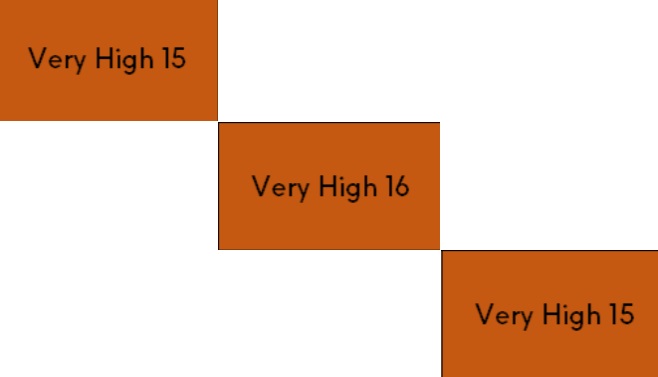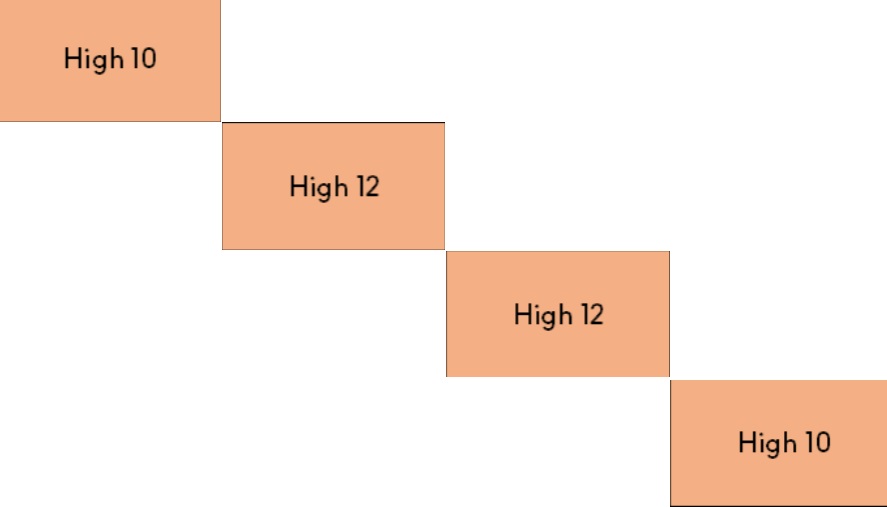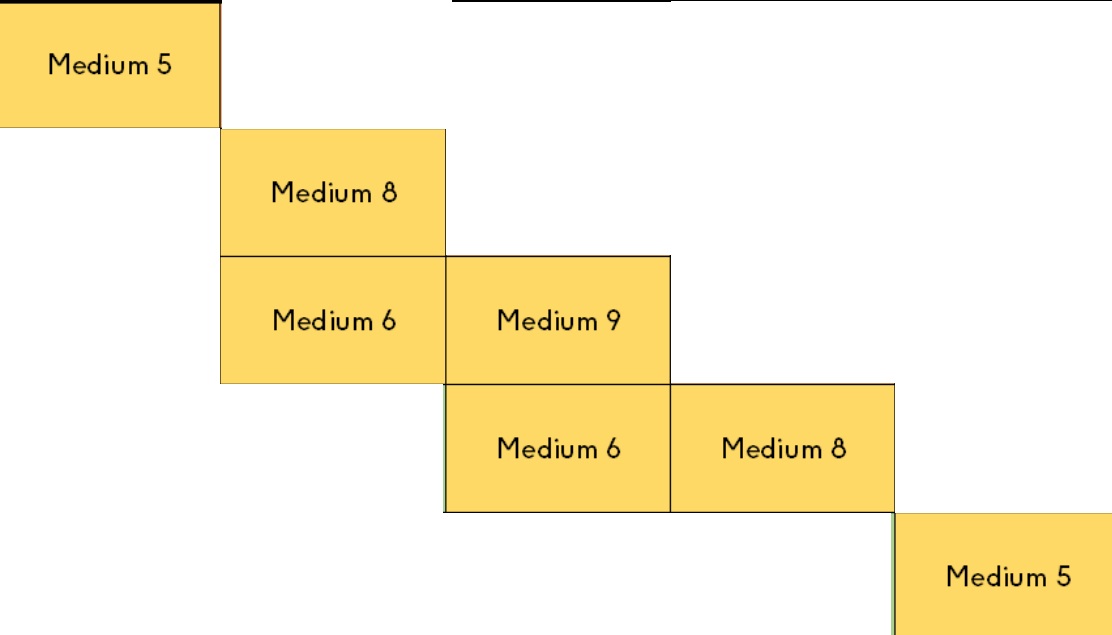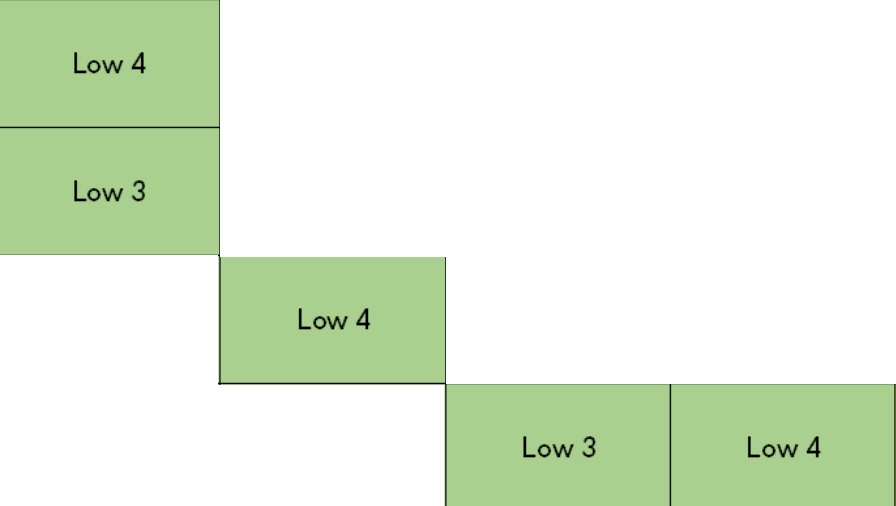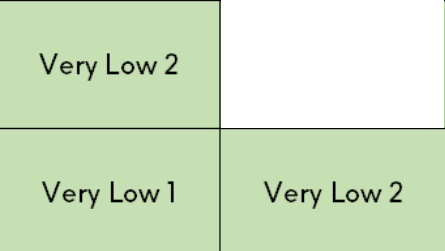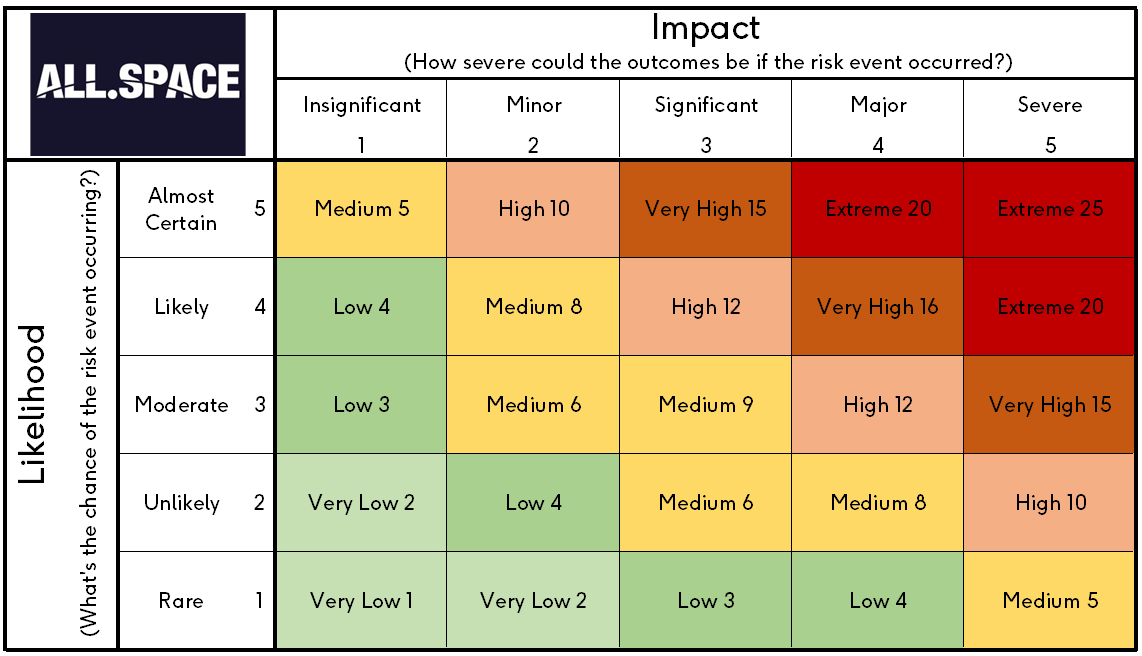Title Page
-
Site conducted
-
Conducted on
-
Fire Risk Assessor
-
Applicable Fire Safety Legislation:
Regulatory Reform (Fire Safety) Order, 2005
Statutory Requirement
Part 2 of the Regulatory Reform (Fire Safety) Order, 2005 requires every responsible person to make a suitable and sufficient assessment of the fire risks to which relevant persons are exposed, with respect to premises within their control. This is for the purpose of identifying the general fire precautions that are needed to comply with the requirements and prohibitions imposed by the Order.
The responsible person, or any other person who has to any extent control of the premises, must ensure that the duties imposed by the relevant articles of Regulatory Reform (Fire Safety) Order, 2005 are complied with in respect of those premises, so far as the requirements relate to matters within their control.
Where the premises are licensed, an alterations notice is in force, or the responsible person has five or more employees, it is a requirement to record the significant findings of the fire risk assessment including the measures which have been or will be taken as a result of the assessment and details of any group of persons identified by the assessment as being especially at risk.
This report therefore incorporates such relevant information, significant findings and recommended actions that are considered necessary to demonstrate compliance with Regulatory Reform (Fire Safety) Order, 2005
Overall Risk Rating on Completion of the Fire Risk assessment
-
What is the likelihood of an incident occurring? (1= rare, 2 = unlikely, 3 = moderate, 4 = likely, 5 = almost certain)
-
What would be the impact of the incident? (1= insignificant, 2 = minor, 3 = moderate, 4 = significant, 5 = severe)
-
Risk number is:
-
The overall risk rating for this assessment is
-
The overall risk rating for this assessment is
-
The overall risk rating for this assessment is
-
The overall risk rating for this assessment is
-
The overall risk rating for this assessment is
-
The overall risk rating for this assessment is
-
Use the Risk Matrix to determine the risk rating for this hazard
-
Actions will be raised within this assessment to reduce the fire risk rating for this site by implementing an improved control measures
Internally generated fire safety documentation
-
Name of Person who is responsible for fire safety + Contact Information.
-
Name of competent person available to assist implementation of fire safety legislation
-
Are all staff with special responsibilities (E.g. Fire Warden) given special training?
-
Branch Evacuation Plan<br>
-
Previous Fire Risk Assessment Reference and Date.
-
When was the emergency lighting inspection performed
-
Provide information/certificates evidencing compliance.
-
Immediate Inspection/Certification Required.
-
Immediate Inspection/Certification Required.
-
When were the fire extinguishers last serviced?
-
Provide Information/Certificates evidencing compliance.
-
Immediate Inspection/Certification Required.
-
Immediate Inspection/Certification Required.
-
What are the sites operational hours
-
Are the weekly checks performed on both the fire alarms and emergency lighting + documented in the fire log?
Externally generated fire safety documentation
-
Fixed Wiring test last inspected/serviced on?
-
Portable Appliance Testing (PAT)
-
Name of Supplier who has performed Last Fixed Wiring and Portable Appliance Testing (PAT)
-
Are CCTV and Fire Alarms managed/monitored/maintained by an approved supplier
Fire Hazards and their ELIMINATION or CONTROL
-
Cable management! Any UNCONTROLLED trailing cables across thoroughfares, under foot under desks, across and behind desks?
-
Are Extension Leads and Adapters suitably used? E.g. No extensions connected to extensions or adapters within adapters?
Smoking
-
Are reasonable measures taken to prevent fires as a result of smoking?
-
Is smoking allowed in any part of the building?
-
Has a suitable area been identified for those who wish to smoke?
-
Are there suitable arrangements in place to keep the smoking area clean and tidy together with adequate signage?
Arson
-
Is the basic security against arson by outsiders reasonable.
-
Are all visitors required to sign in at reception and escorted on site at all times?
-
Is CCTV located at appropriate locations (e.g. reception and other entrances/exits)
-
Are there any unnecessary fire sources in close proximity to the building or available for ignition by outsiders?
-
There is no requirement for external storage for Flammable and highly flammable liquids (HFL's) or Liquefied Petroleum Gas (LPG) as these are not used at ALL SPACE
-
Storage of combustible and or flammable substances and materials adequate?
-
Vehicles parked at a suitable distance from the perimeter of the building?
Cooking and drink making equipment.
-
Are reasonable measures taken to prevent fires as a result of cooking/drink preparation? (Prep is only allowed via equipment with a valid PAT tested microwave ovens, toasters and hobs and kettles) All housekeeping in cooking areas kept to a high standard
-
Are heat vents/steam kept away from live sockets in cooking/drink preparation areas?
Portable Heaters and Heating Installations.
-
ALL SPACE facilities have electrical heating systems - no gas boilers are used
-
Is the use of portable heaters avoided as far as practicable?
-
If portable heaters are used, is the use of the more hazardous type (E.g. Radiant bar files or LPG appliances) avoided?
-
Are suitable measures taken to minimize the hazard of ignition and combustible materials around heaters?
-
Are bags, coats and other personal effects kept away from sources of ignition and heaters?
Lightning Protection
-
Does the building have a lightning protection system?
-
If the building does have a lightning protection system, is it regularly inspected and maintained?
Housekeeping
-
Is the standard of housekeeping adequate?
-
Combustible materials appear to be separated from ignition sources?
-
Unnecessary accumulation of combustible materials, waste and clutter?
Working with flammable substances
-
Dangerous substances and Explosive Atmospheres (DSEAR) is not applicable at ALL SPACE faciltities
-
Are there hazardous substances on site. (Cleaning materials or chemicals)
-
Are the substances stored as required by legislation?
-
Are the hazardous substances protected against arson or any other malicious act?
-
Is there plenty of fresh air where flammable liquids or gases are stored or used?
-
Have all the obvious ignition sources been removed from the storage/handling areas. Ignition sources can include (but not limited to) sparks, hot surfaces, open flames, smoking materials
-
Are the flammable substances kept in suitable containers with well fitting lids.
-
Is there is suitable other means of containment (Bunded pallets, drip trays) or environmental spill kits in the area?
-
Is it possible to exchange the flammable substance for a less flammable one or exchange for a non-flammable substance
-
Are flammable substances stored and used well away from other processes and general storage areas?
Other Significant Hazards & Ignition Sources that Warrant Consideration
-
Any sources of ignition from Plant and lift motor rooms?
-
Any regular or irregular activities on site (Drilling, gouging, braising, cutting, welding, grinding, forge, furnace Etc.)
-
Are all task performed by approved suppliers controlled under a Permit To Work (PTW)
Hazards Introduced by Outside Contractors and Building Works.
-
Control over works carried out in the building by outside contractors are documented through SOP HS 017 Control of contractors process
-
Does the site have a suitably trained member of staff capable of issuing and managing the conditions required by the permit to work?
-
Are fire safety conditions imposed on outside contractors?
-
If there are any in-house maintenance personnel, are there suitable precautions taken during hot works, including use of hot work permits?
-
Are regular checks made and recorded on the activities of outside contractors?
Fire Protection Measures
-
Is there an adequate number of emergency exits?
-
Are the exits easily and immediately operable where necessary?
-
Fire Exits open in the direction of escape
-
Avoidance of sliding or revolving doors as fire exits where necessary.
-
Satisfactory means for securing exits?
-
Are any offices subject to a single route in and out of the office?
-
What is the maximum distance required to travel to reach the exit?
-
Ensure escape routes are protected with suitable fire fighting extinguishers.
-
What type of activity takes place in this area?
-
Ensure the escape routes are protected with suitable fire fighting extinguishers, adequate fire detection and ensure layout of furniture and equipment doesn't impede exit.
-
By legislation, action must be taken to reduce the risk in this area.
-
An alternative means of escape must be created for this room otherwise office activities must end.
-
What is the maximum distance required to travel to reach one of the exits?
-
Ensure escape routes are protected with suitable fire fighting extinguishers
-
Additional means of escape must be created for this area otherwise activities must end.
-
Are there suitable fire precautions of all escape routes?
-
Are all escape routes unobstructed?
-
Is there reasonable arrangements for means of escape for occupants who have had a Personal Escape Assessment!
-
Are externally constructed and or supported escape routes tested periodically by a structural engineer?
Measures to Limit Fire Spread and Development.
-
Is the compartmentation between horizontal areas of reasonable standard?
-
Is the compartmentation between vertical areas of a reasonable standard?
-
Is electrical and other utility riser compartmentation suitable?
-
Evidence of fire dampers, or other means to limit the spread and development of smoke and fire?
-
Fire and smoke seals, brushes and intumescent strips and self closing devices are in place around fire doors and where necessary?
-
Are the fire extinguishers suitable for the work activities and risks that are present ?
-
A sufficient fire extinguishers provided and situated in a suitable place?
Escape Lighting
-
Is the emergency lighting along escape routes and corridors of a reasonable standard?
-
Is the emergency lighting along escape stairways of a reasonable standard?
-
Is the emergency lighting at the final emergency fire exits of a reasonable standard?
-
Is the lighting at the muster/assembly points of a reasonable standard?
Fire Safety Signs and Notices
-
Are the fire safety signs and notices along the escape routes of a reasonable standard?
-
Are the escape door mechanism signs of a reasonable standard?
-
Are the fire equipment identification and location signs of a reasonable standard?
-
Are the fire extinguisher signs of a reasonable standard?
-
Are fire evacuation plans in place?
-
Are fire safety instruction signs in place?
-
Fire and other hazard signs in place?
-
Photo luminescent fire safety signs and notices in place?
-
Are fire notices notices standardized and compliant?
Means of Giving Warning in Case of Fire.
-
Has a reasonable manually operated electrical fire alarm system been provided?
-
Is an automatic fire detection system provided in operational and communal areas?
-
Has the the alarm detection systems been serviced and certificated within the last 12 months?
-
Provide information/certificates evidencing compliance.
-
Inspection/Certification required immediately.
-
Is there means of giving warning whilst in escape routes and stairways?
-
Does the alarm system include remote transmission (Not necessary if 24hr operation)
COMPLETION
-
Name and signature of inspector







